Loading Rocks onto a Truck or Trailer
donrawson
14 years ago
Featured Answer
Sort by:Oldest
Comments (8)
cyn427 (z. 7, N. VA)
14 years agolast modified: 9 years agoken_adrian Adrian MI cold Z5
14 years agolast modified: 9 years agoRelated Discussions
If I only owned a pick um up truck...
Comments (11)"Last year I got rear ended and their insurance paid for a rental car....And YES, I GOT A BIG OLE TRUCK" hmmmmm...you might be a compost wacko! auntyara, a neighbor once loaded his 18' trailer with mulch for me; I forget what he charged, but it wasn't a whole bunch. I'd feel funny about asking someone to "trade" in a situation like this; gas & time & wear-&-tear on the vehicle, etc. I wouldn't want a neighbor or friend to feel like I was asking for more than I was offering. (anyone ever see this bumper sticker for pick-up trucks? "Yes, This Is My Truck. No, I Will Not Help You Move.") & even if you don't have a likely neighbor, I bet you could find a worker at at least one of those places who would deliver you a load of whatever for some small fee....See MoreHow to Transport Large Boulder by Truck?
Comments (3)Unless that boulder is made of pumice, you are looking at at least 1500 pounds! Think of how much a yard (3x3x3ft) of rock mulch weighs: usually about a ton(2000 lbs.). You could call a landscape supply place that sells rock mulch to varify. I am trying to remember what the max load is on a Home Depot truck, I think it is 1500 pounds. Better call them to make sure. In addition, even if you were able to get in on the truck, just rolling it off would damage the hinges that hold the side walls on, if not crushing the side wall itself. Barring a loader, a tow truck, I think, would be the best option. One that has a tiltable bed. Still, you would need some way to facilitate the sliding of the rock onto the bed without too much friction. Pulling a vehicle onto the bed is easy: it has wheels. Dragging a rock is a completely different thing....See MoreOwner-builder needs to offload delivery trucks...
Comments (18)Wow, when I last unlaoded ICF the pallets weren't that heavy. I got three deliveries, and never had a problem unloding any without fork truck. Mine were Amvic, but the source is hardly relevant as these are mostly air. As to roofing tile materials, I would pay extra for rooftop delivery, your roofing supplier has that capability. Their isn't a roofer out there that wants to haul 43 squares of clay tile to the roof, and it would be rare that a roofing subcontractor would also bring a rough-terrain fork truck just for one single purpose. And the tile, I would ask for liftgate delivery to a nice smooth area. I would then call Labor Ready, Labor Pros, or a local labor shop and tell them I needed one or two laborers at an hourly rate and have them move the tile to a location close to where it needs to go. I used the labor shops to do a lot of moving of materials, including hardwood floors, tile, solid surface countertop material, etc....See MoreWiring for dump trailer
Comments (16)I don't really know anything about trailer wiring so I don't know if a standard trailer plug can be used to provide 28+ AMPs. Hooking into a vehicle electrical system is going to be very vehicle-specific. The most important thing to remember is that you want a fuse or circuit breaker as close to the the connection to your vehicle's system as possible. If you don't have that, your risk of a vehicle fire is higher. Otherwise, it depends on what it looks like under the hood. Others here or on a truck board (assuming this is a PU) might be of more help. A PU truck board for enthusiasts for your particular truck will be most useful. There may be an empty slot in the main fuse box or relay center that you can use to make a really neat installation. otherwise, you could change the positive battery terminal clamp or harness to one with an additional connection and install your own fuse or circuit breaker. From either of those sources, you'll have to find a protected place to run the wire to the back end of the truck. The negative connection can be made to the frame. With any kind of luck, you can find a hole to insert a small bolt with a nut on the other side to hook a ring terminal to. Actually, I'd probably install a stud. You can find lots of pictures on the web that show ground strap installation. Most of them have to do with connections to the battery or alternator, but it is the same problem, really. You'll need to clear off some paint, make the connection, and then it might be a good idea to repaint over the frame and bolt so you don't get corrosion. This is especially true if you live in an area where they make copious use of halide salts to keep the roads clear of ice. After that, there is the connection to the trailer. You need some sort of connector that won't accidentally short on the truck body or frame. Ideally, you can mount one end to the truck body or frame where it is accessible. The other connector can hang with the rest of the trailer wiring. The type of connector that I have in mind is often used to connect fork lift batteries and the like. The security vehicles where I work have them hanging out the front end of the vehicles so they can easily hook up jumper cables to jump start employee vehicles. See Anderson #6331G1. Again, others might have better ideas. Lastly, you run wires to the pump over the trailer frame somehow....See Morepeggy_hosta
14 years agolast modified: 9 years agodonrawson
14 years agolast modified: 9 years agohostahillbilly
14 years agolast modified: 9 years agojim O
8 years agodonrawson
8 years ago
Related Stories

HOUZZ TOURSMy Houzz: Quirky Charm on Aussie Farmland
With skateboards adorning the kitchen, a trash-inspired backsplash and a retro trailer, this home shows passionate creativity
Full Story
LANDSCAPE DESIGNRoll With Boulders for High Landscape Impact
Go for big-league drama outdoors with oversize rocks in gardens, around pools and on patios
Full Story
DOORS5 Questions to Ask Before Installing a Barn Door
Find out whether that barn door you love is the right solution for your space
Full Story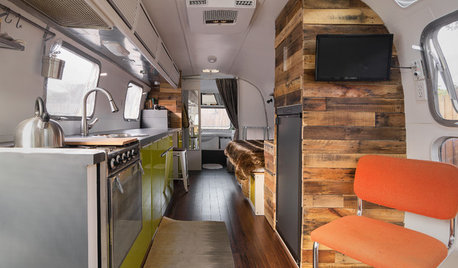
HOUZZ TV FAVORITESMy Houzz: New Life and Style for a 1976 Airstream
The owner of this 1976 Ambassador Airstream embraces flexible furniture and clean, organized spaces
Full Story
LIFEThe Wisdom of Kenny Rogers, for Declutterers
No need to gamble on paring-down strategies when the country music legend has already dealt out some winning advice
Full Story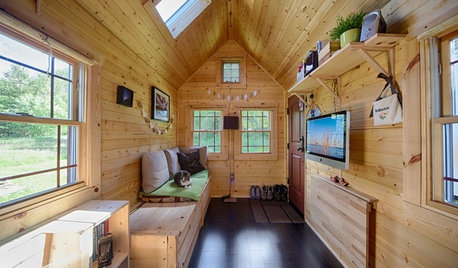
SMALL HOMESHouzz Tour: Sustainable, Comfy Living in 196 Square Feet
Solar panels, ship-inspired features and minimal possessions make this tiny Washington home kind to the earth and cozy for the owners
Full Story
FALL GARDENING5 Ways to Put Fall Leaves to Work in Your Garden
Improve your soil and yard the organic way with a valuable garden booster that grows on trees
Full Story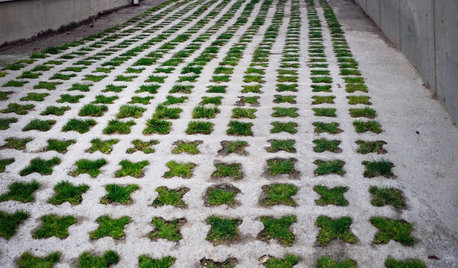
EARTH DAYHow to Build a Greener Driveway
Install a permeable driveway to keep pollutants out of water sources and groundwater levels balanced
Full Story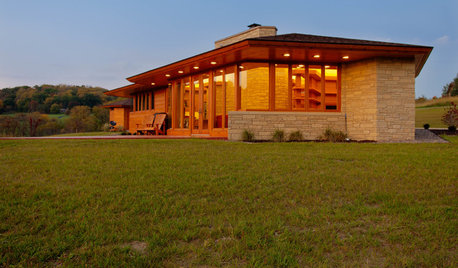
HOUZZ TOURSHouzz Tour: Usonian-Inspired Home With All the Wright Moves
A Chicago couple's weekend retreat fulfills a long-held dream of honoring architect Frank Lloyd Wright
Full Story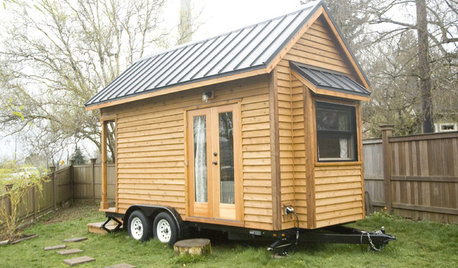
HOUZZ TOURSMy Houzz: Mobile Microliving in Oregon
A 128-square-foot home for a couple in Portland is designed for simplicity, affordability and beauty
Full Story


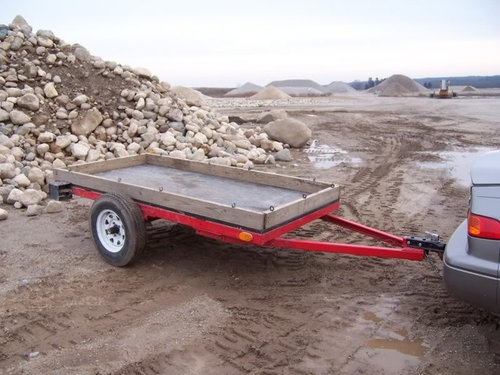
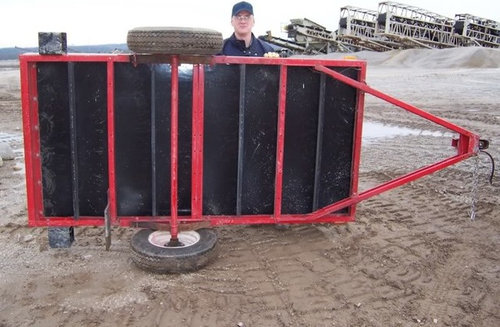
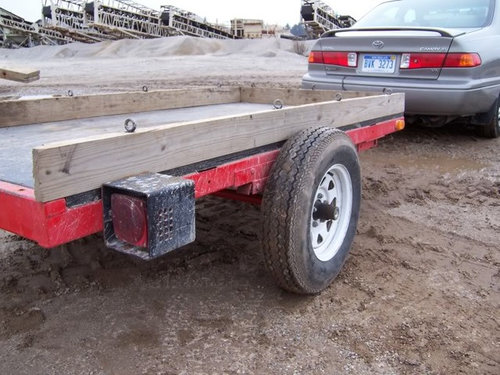
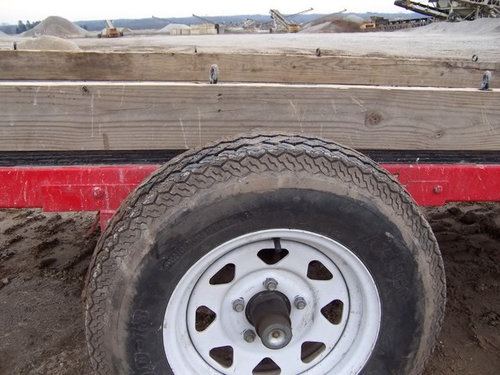
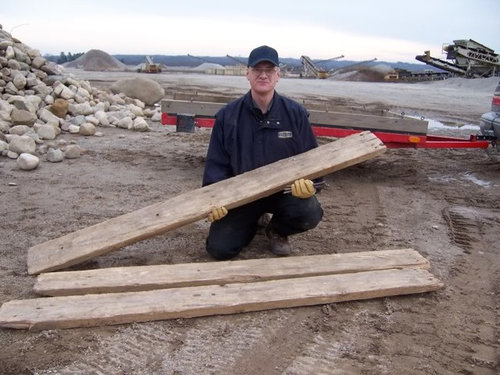
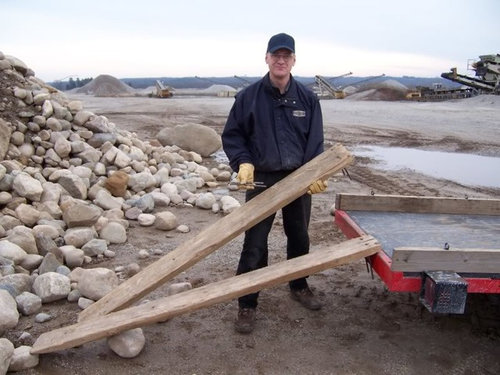
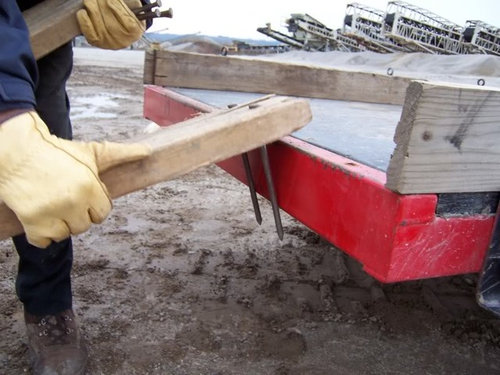
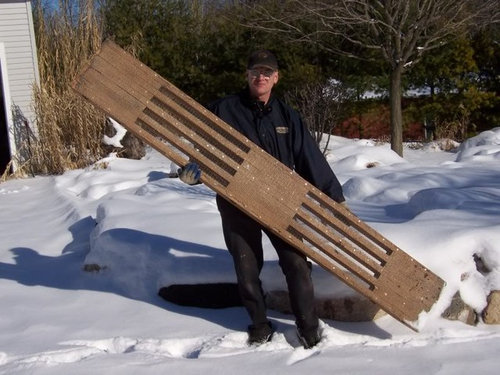

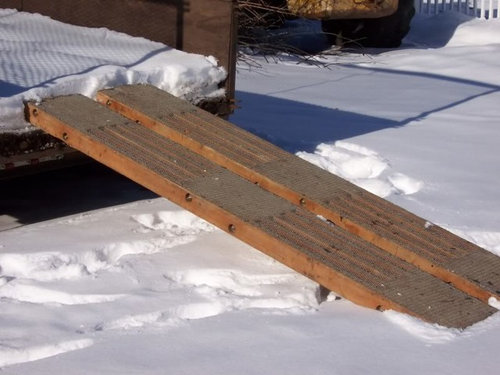
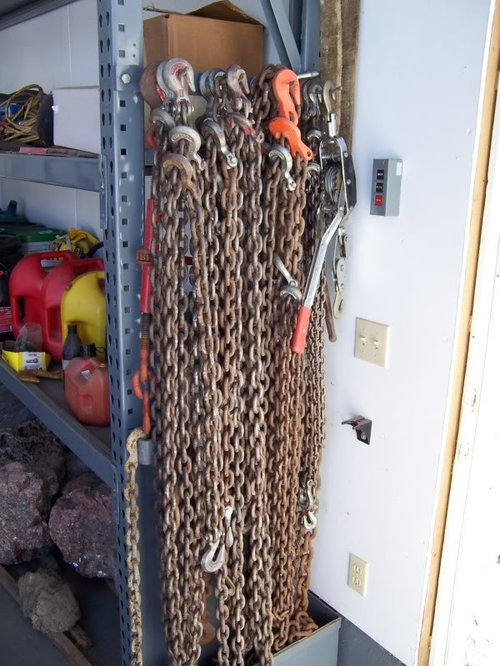




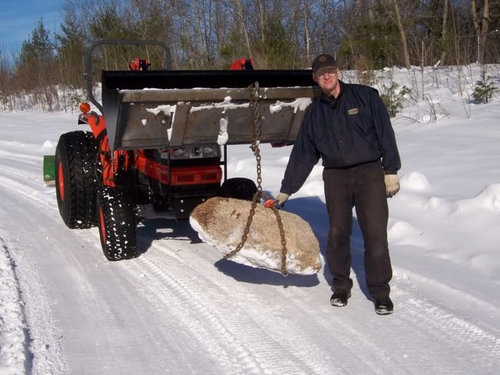
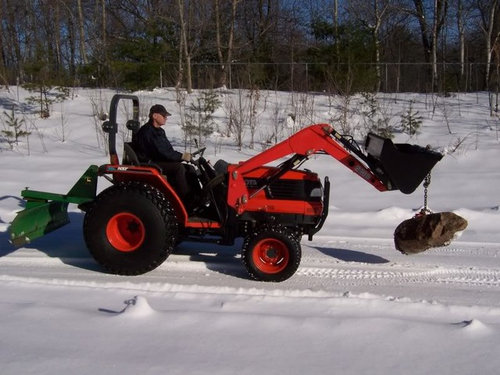
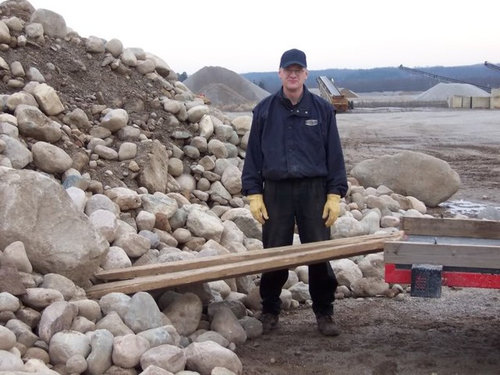
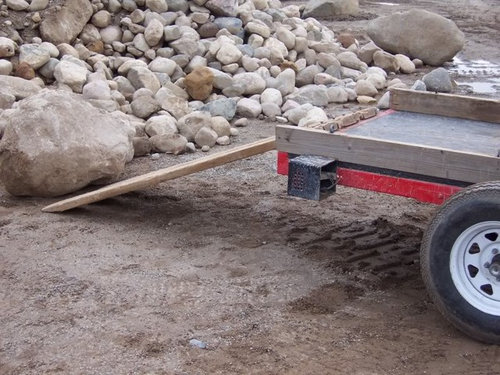
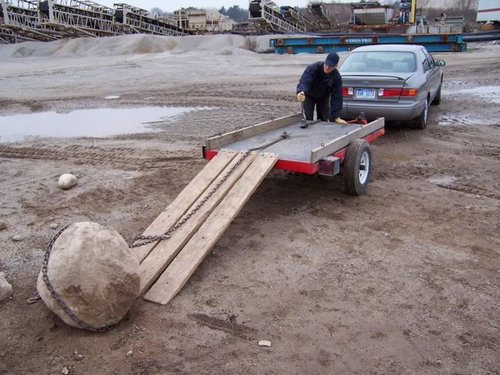
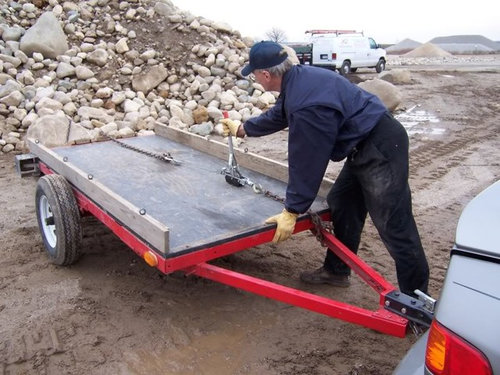
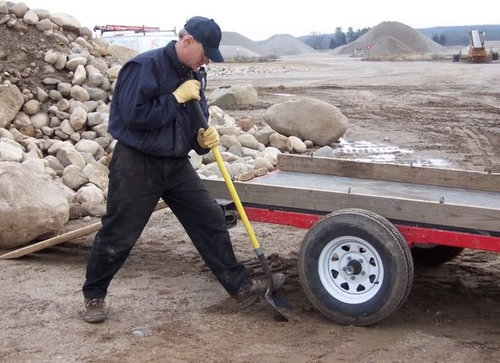

hostasformez4